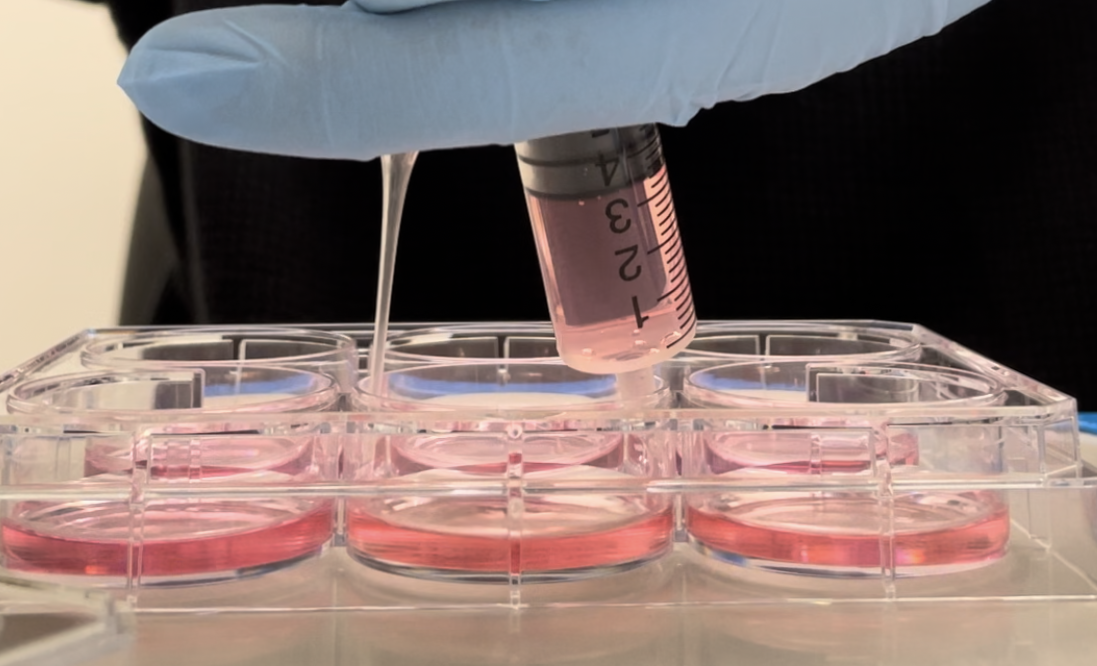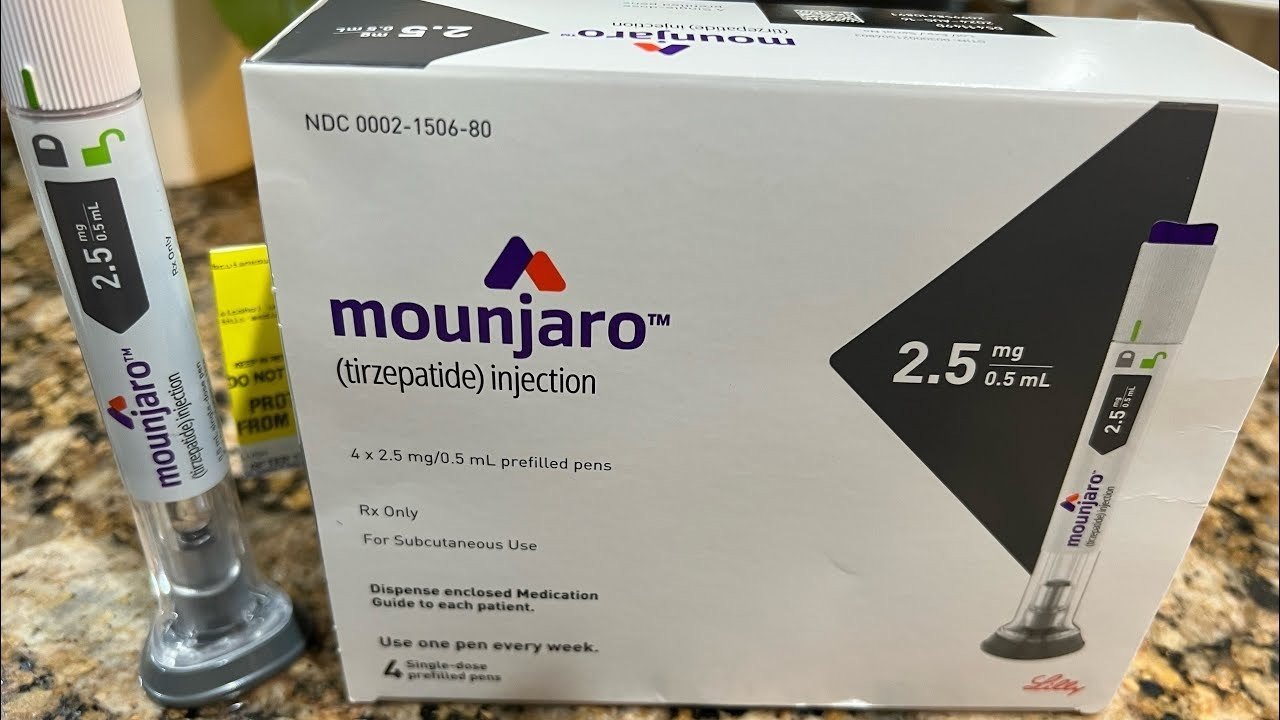With 'Bahubali' Chandrayan-3 liftoff, India claims its rightful space
- EP News Service
- Jul 14, 2023

Chandrayaan-3 lifts off from Satish Dhawan Space Centre in Sriharikota, AP
HYDERABAD: As millions of Indians cheered liftoff and the country's entry into an elite group of counties leading in space exploration, Chandrayaan-3 India's third unmanned moon mission was launched successfully on Friday, the 14 July, as scheduled at Indian standard Time 2:35 pm from the Satish Dhawan Space Centre in Sriharikota in Andhra Pradesh.
Due to its heavy-lift capability, the launch vehicle has been nicknamed 'Bahubali' as it has taken a huge weight of 3900 kg on liftoff with thick bright orange flame and long and thick white smoke trailing behind it.
When Chandrayaan-3, which is India’s estimated Rs 600 crore third lunar exploration mission, succeeds in landing a robotic lunar rover, it will make India the fourth country after US, China, and the former Soviet Union now Russia, to land its spacecraft on the surface of the moon and demonstrate the country’s abilities for safe and soft landing on lunar surface.
Following Chandrayaan-2 in September 2019, where a last-minute glitch in the landing guidance software led to the lander crashing after entering lunar orbit, the third mission Chandrayaan-3 on the Geosynchronous Satellite Launch Vehicle (GSLV) an expendable launch system operated by the Indian Space Research Organisation (ISRO) has been effectively placed in the trajectory is expected to complete its journey from Earth to the moon in about a month.
According to ISRO Choosing the month of July for the launch of Chandrayan 3 was a special move because of a calculation made by ISRO regarding the closeness of Earth and Moon. Upon landing, it will operate for one lunar day, which is approximately 14 Earth days. One day on the Moon is equal to 14 days on Earth. Til the end of July, Chandrayan 3 would have circled the earth's orbit 10 before it will make its journey further on to orbit the moon.
After the victorious launch of Chandrayaan-3, addressing the media a visibly triumphant ISRO chairman S Somanath said that as per schedule the final descent of Chandrayaan-3 is currently planned for August 23, at 5.47 pm Indian Standard Time if it goes as per the schedule. He said that the agency was expecting Chandrayaan-3 to enter into lunar orbit by August 1 and two-three weeks from then, the separation of the propulsion module and lander module will activate on August 17.
The first lunar mission Chandrayaan-1 was launched on October 22, 2008, and with a mission life of 2 years, the successful orbiter had 11 payloads. The second mission Chandrayaan-2 was launched on July 22, 2019, with eight payloads along with a lander and rover, although it was successful in the first stages the lander crashed on the Moon.
Prime Minister Narendra Modi who was on his visit to France congratulated ISRO for the successful launch of the moon mission into the earth's orbit. PM Modi tweeted, "Chandrayaan-3 scripts a new chapter in India's space odyssey. It soars high, elevating the dreams and ambitions of every Indian. This momentous achievement is a testament to our scientists' relentless dedication. I salute their spirit and ingenuity!"
Chandrayaan-3 comprises three main components:
Propulsion Module: Chandrayaan-3 Propulsion Module will carry the lander and rover configuration to a 100 km lunar orbit. It is a box-like structure with one large solar panel mounted on one side and a large cylinder on top (the Intermodular Adapter Cone) that acts as a mounting structure for the lander. In addition to the lander, the module carries a payload called Spectro-polarimetry of Habitable Planet Earth (SHAPE) to study the spectral and polarimetric measurements of Earth from the lunar orbit in the near-infrared (NIR) wavelength range.
Lander: Chandrayaan-3 Lander is responsible for the soft landing on the Moon. It is also box-shaped, with four landing legs and four landing thrusters of 800 newtons each. It will carry the rover and various scientific instruments to perform in-site analysis.
The lander for Chandrayaan-3 will have only four throttle-able engines, unlike Vikram on Chandrayaan-2 which had five 800 Newtons engines with a fifth one being centrally mounted with a fixed thrust.
Rover: Chandrayaan-3 Rover or Moon Rover is a space exploration vehicle designed to move across the surface of the Moon. The rover has a six-wheeled design with a weight of 26 kilograms and a range of 500 metres or 1,600 ft. It will carry scientific instruments including cameras, spectrometers, and a drill.
The rover has two payloads, the alpha particle X-ray spectrometer (APXS) will derive the chemical composition and infer the mineralogical composition of the lunar surface and two, a laser-induced breakdown spectroscope (LIBS) will determine the elemental composition (Mg, Al, Si, K, Ca, Ti, Fe) of lunar soil and rocks around the lunar landing site.











Reporter
Crisp, and to the point news coverage from India and around the world.
View Reporter News